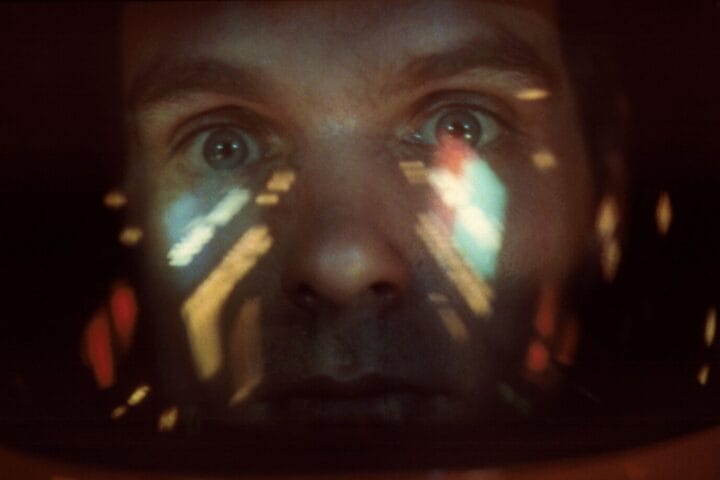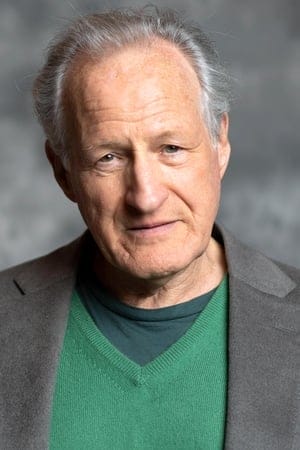Alfred Hitchcock, the master of suspense, stands as a towering figure in the realm of cinematic storytelling. With a penchant for psychological thrillers and a unique directorial style that captivated audiences worldwide, Hitchcock’s contributions to the art of filmmaking have left an indelible mark on the industry. Join us as we unravel the enigmatic genius of Alfred Hitchcock, explore his iconic works, and delve into the intricacies of the mind behind the man who redefined suspense on the silver screen.
Early Life
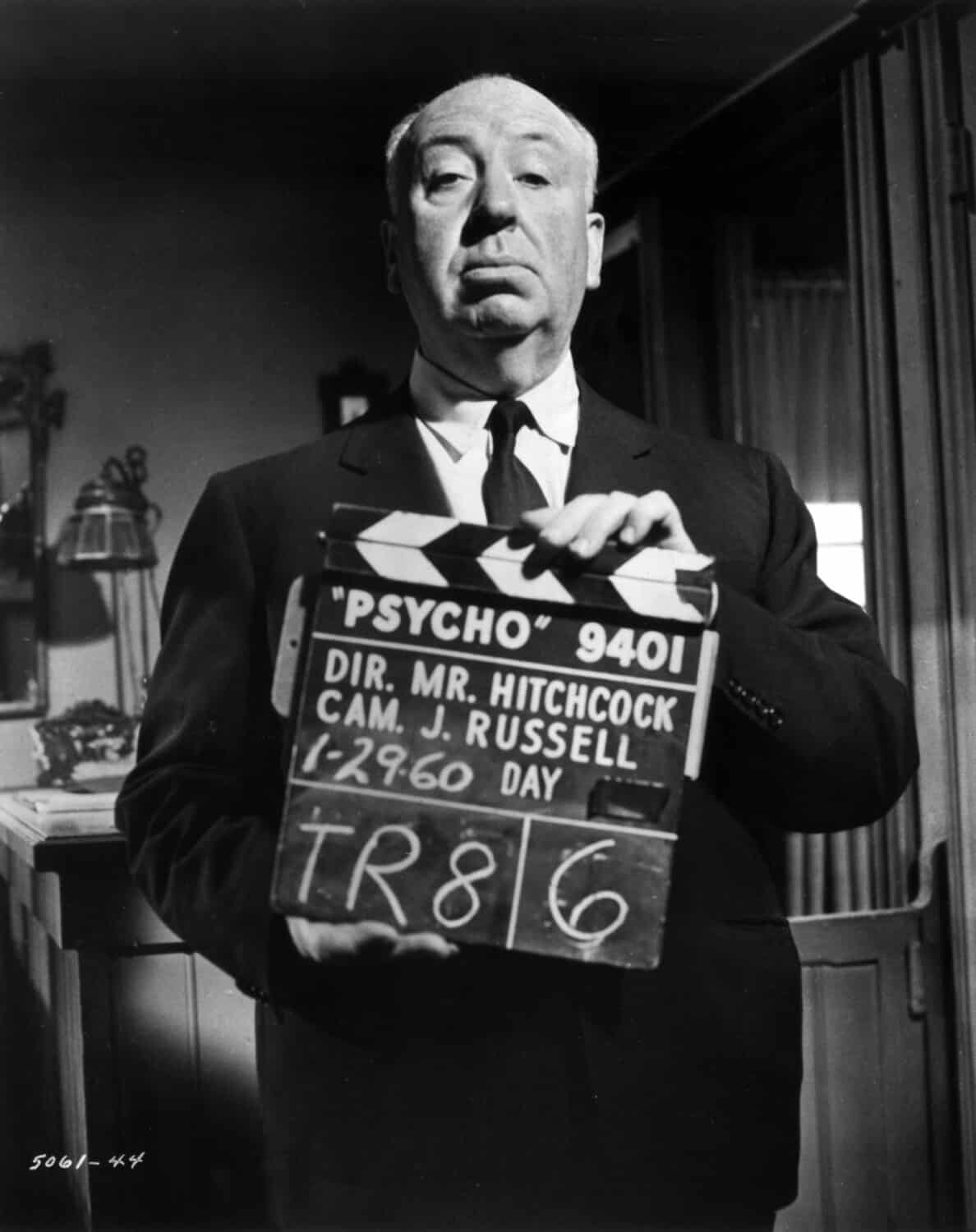
Alfred Joseph Hitchcock was born on August 13, 1899 in Leytonstone, London, England. He was the second son and youngest of the three children of William Hitchcock, a greengrocer and poulterer, and his wife Emma. Hitchcock grew up in the East End of London, which would later influence the setting of many of his films including The Lodger (1927) and The Man Who Knew Too Much (1934). From a young age, Hitchcock was fascinated by new technologies and machinery. His parents were devout Catholics and he attended Catholic boarding schools, including St. Ignatius’ College in Stamford Hill. As a child, Hitchcock loved attending the theater and cinema, especially enjoying the works of Shakespeare and melodramas. This early exposure to drama and storytelling would shape the rest of Hitchcock’s illustrious career.
Career Beginnings
Alfred Hitchcock got his start in the film industry in London in 1920. He began working as a title card designer for the London branch of what would become Paramount Pictures. In 1922, he became an assistant director and by 1925 he had been promoted to full director and directed his first film, The Pleasure Garden.
Hitchcock continued to gain experience directing British silent films throughout the late 1920s. Some of his early acclaimed silent films were The Lodger: A Story of the London Fog (1927), Blackmail (1929), and Juno and the Paycock (1930). He became known for his suspenseful style even in these early films.
During his time as an art director, Hitchcock honed his skills in visual storytelling. This background in the visual elements of filmmaking strongly informed his distinctive directing style later on. Though his British films were not major commercial successes, they drew critical acclaim and the attention of Hollywood.
Silent Films
Alfred Hitchcock’s directorial career began in the silent film era of the 1920s. His first few films were unsuccessful, but in 1926 he had his breakthrough with The Lodger: A Story of the London Fog. This was the first truly “Hitchcockian” film, establishing many of the themes and stylistic flourishes that would define his work.
The Lodger featured a mysterious and charismatic leading man and themes of mistaken identity and wrongful accusation. Visually, Hitchcock used an expressionist style with ominous lighting and claustrophobic camerawork to build suspense and unease. The film was a major critical and commercial success in Britain, cementing Hitchcock’s reputation.
Hitchcock’s last silent film was Blackmail (1929), which was originally shot as a silent but adapted during production to have sound. Blackmail is considered one of Hitchcock’s best silent works, with expertly choreographed set pieces and innovative use of sound to heighten the tension. The film’s climactic chase scene at the British Museum was a pioneering sequence using sound.
These early silent films showcased Hitchcock’s burgeoning talents and many of the themes and techniques that would make him the legendary “Master of Suspense.” Though he would go on to make films with sound, Hitchcock maintained his distinctly visual style throughout his career.
Move to Hollywood
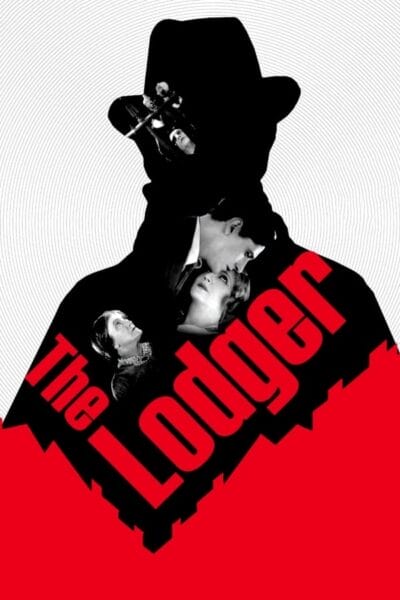
Alfred Hitchcock moved from England to Hollywood in 1939 after signing a contract with American producer David O. Selznick. This marked a major turning point in Hitchcock’s career, as it gave him access to bigger budgets, high-profile actors, and the resources of the Hollywood studio system.
Hitchcock had already established himself in Britain as an innovative director with films like The 39 Steps, The Lady Vanishes, and The Man Who Knew Too Much. Selznick brought Hitchcock to Hollywood to direct the Gothic melodrama Rebecca, based on the novel by Daphne du Maurier. Rebecca ended up winning the Academy Award for Best Picture in 1940, cementing Hitchcock’s reputation in America and launching his iconic Hollywood career.
Signing with Selznick gave Hitchcock more creative freedom and control than he had in England. He was able to have a consistent crew and work with his signature style, using techniques like the dolly zoom and meticulous storyboarding. Selznick helped raise Hitchcock’s profile in Hollywood and shrewdly marketed him as a brand name director. Though Hitchcock later found Selznick’s oversight restrictive, their partnership resulted in classics like Rebecca, Spellbound, and Notorious in the 1940s.
The move to Hollywood allowed Hitchcock to reach a much wider audience and work with famous stars like Ingrid Bergman, Grace Kelly, Cary Grant, and James Stewart. It was the start of Hitchcock’s most critically acclaimed and iconic period where he directed landmark suspense films like Rear Window, Vertigo, North by Northwest, Psycho, and The Birds. Without the move to Hollywood facilitated by his deal with Selznick, Alfred Hitchcock may not have become known as the “Master of Suspense.”
Major Hollywood Films
Alfred Hitchcock directed many influential and critically acclaimed films during his time working in Hollywood. Some of his most notable works from this period include:
Rebecca (1940)
Rebecca was Hitchcock’s first American film and his only Best Picture winner. It’s a psychological thriller adapted from Daphne du Maurier’s novel of the same name. The film stars Laurence Olivier and Joan Fontaine as a married couple living in the shadow of the husband’s deceased former wife, Rebecca. Hitchcock employs elements of suspense and mystery as the new wife tries to uncover secrets about Rebecca.
Rear Window (1954)
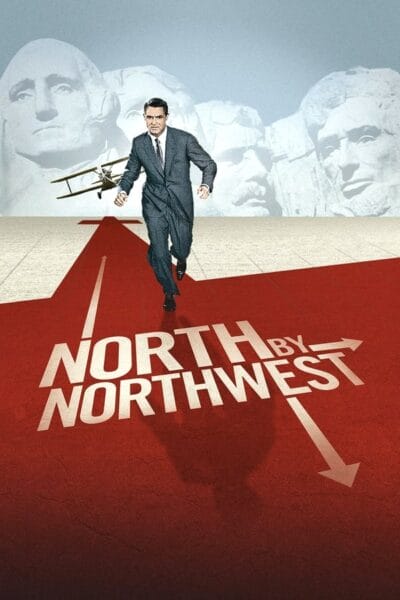
Rear Window is considered one of Hitchcock’s masterpieces. The suspense thriller stars James Stewart as a photographer confined to his apartment after breaking his leg. Out of boredom, he begins watching his neighbors through the rear window and becomes convinced one of them has committed murder. The film pioneered the use of voyeurism and restricted narratives in cinema.
Psycho (1960)
Psycho is Hitchcock’s most famous and influential film. It set a new level of acceptability for violence and deviant behavior in American films. The film follows Marion Crane (Janet Leigh), a woman who goes on the run after stealing money from her employer. She checks into the secluded Bates Motel, run by Norman Bates (Anthony Perkins) and his domineering mother. The film features one of cinema’s most famous scenes – the shocking murder of Marion Crane in the shower.
Common Themes
Alfred Hitchcock’s films are known for generating suspense and keeping audiences on the edge of their seats. He was a master of building tension and making viewers feel uneasy about what might happen next.
One of Hitchcock’s most common tools for creating suspense was the “bomb theory.” This involved giving the audience information that the characters do not have, making the viewer anxious about the character’s fate. For example, in Sabotage, Hitchcock shows the audience a bomb hidden in a package before it is handed to the unsuspecting courier. The audience then waits in suspense to see if the bomb will go off.
Hitchcock also frequently played on primal fears in his suspense films. In The Birds, he tapped into the universal fear of nature turning against humanity. Psycho notoriously frightened audiences with the vulnerability people feel while showering. Vertigo built suspense around the fear of heights and falling.
Voyeurism is another major theme in Hitchcock’s work. He often framed shots from the perspective of someone watching the scene unfold. Rear Window is the ultimate example, with the protagonist stuck in his apartment spying on his neighbors. But many other Hitchcock films have voyeuristic elements, like Psycho’s famous shower scene shot from outside the shower. Hitchcock invites the audience to be voyeurs witnessing the events on screen.
By building tension around universal fears and encouraging audience voyeurism, Hitchcock pioneered new techniques for generating suspense and anxiety in film. His influence is still felt in the work of modern suspense and horror directors. Hitchcock proved that suspense could be just as gripping, if not more so, than explicit gore and violence.
Directing Style

Alfred Hitchcock crafted his films with unique and recognizable directorial touches. Two of his most famous trademarks were his cameo appearances in his own films and his mastery of cinematography and camera work to build suspense.
Hitchcock made cameo appearances in 39 of his 52 surviving major films. He would insert himself briefly into a scene, often passing by in the background. He did this intentionally as something fun for audiences to spot, turning it into a signature mark of his work. His cameos were subtle but creative, including appearances as a body floating in the ocean, a before-and-after photo advertisement, and a signature on a document.
Hitchcock was a pioneer in cinematography techniques to maximize suspense and tension. He used innovative camera angles, close-ups, tracking shots, and editing to guide the audience’s emotions and psychology. For example, he would track the camera along walls and edges to build claustrophobic tension. Or he would use the dolly zoom effect to create vertigo and unease. Hitchcock viewed cinematography as a way to play with audiences’ minds and elicit desired reactions. His technical mastery and clever visual storytelling were instrumental in creating the suspenseful moods his films became renowned for.
TV Series
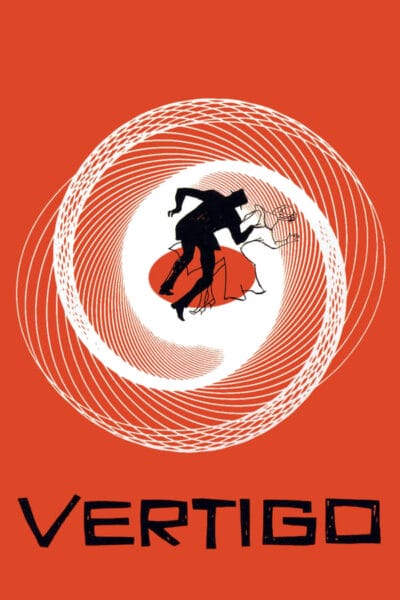
In 1955, Alfred Hitchcock began producing and occasionally directing a suspense anthology TV series called Alfred Hitchcock Presents. The series featured dramas, thrillers, and mysteries, often with a twist ending. Hitchcock appeared at the start of each episode to set up the story in his distinctive droll style.
Alfred Hitchcock Presents ran for 10 seasons, becoming one of the most popular shows of the 1950s and 1960s. Over 350 episodes aired during the show’s run. Though Hitchcock directed only 17 episodes himself, his introductions and production elevated the series. Many well-known actors appeared on the show early in their careers, including Robert Redford, Steve McQueen, and Peter Falk. The series earned Hitchcock a star on the Hollywood Walk of Fame.
In 1985, NBC revived the series as The Alfred Hitchcock Presents, co-produced by Hitchcock’s estate. Though less successful than the original, the revival ran for four seasons and featured guest appearances by stars like John Ritter, Harvey Keitel, and Melanie Griffith. The iconic theme music from the original series remained, cementing Alfred Hitchcock Presents as an indelible piece of Hitchcock’s legacy in television.
Awards and Honors
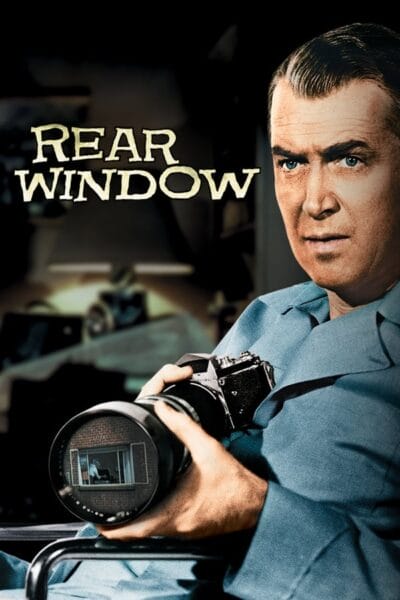
Alfred Hitchcock received many prestigious awards over his long and illustrious career. Some of his most notable accolades include:
Knighthood
In 1979, Hitchcock was knighted by Queen Elizabeth II for his contributions to the film industry. He became Sir Alfred Hitchcock KBE (Knight Commander of the Most Excellent Order of the British Empire). This was an incredibly prestigious honor and demonstrated Hitchcock’s status as one of Britain’s most accomplished filmmakers.
AFI Lifetime Achievement Award
In 1979, the American Film Institute presented Hitchcock with its Life Achievement Award. This award honored Hitchcock for his lifetime contributions to cinema. Some of his most influential works highlighted at the ceremony included The 39 Steps, Rebecca, Shadow of a Doubt, Rear Window, Vertigo, and Psycho.
Irving G. Thalberg Memorial Award
In 1968, Hitchcock won the Irving G. Thalberg Memorial Award at the Academy Awards. This honor recognized his consistent high-quality productions as well as his standing as one of the most influential filmmakers in history.
5 Nominations for Best Director
While Hitchcock never won the Best Director Oscar, he was nominated five times over the span of his career – for Rebecca (1940), Lifeboat (1944), Spellbound (1945), Rear Window (1954), and Psycho (1960). These nominations demonstrated the Academy’s recognition of his masterful direction.
Hitchcock’s numerous prestigious honors, including his knighthood, AFI Lifetime Achievement Award, Irving G. Thalberg Memorial Award, and Oscar nominations, cemented his place as one of the most important and influential filmmakers of the 20th century. His distinctive style and prolific output left an indelible mark on cinema.
Legacy
Alfred Hitchcock left an indelible mark on the film industry and popular culture through his pioneering contributions to the suspense and thriller genres. Though he began his career during the silent era, Hitchcock successfully transitioned to sound films and then color films, remaining a dominant force in cinema for over half a century.
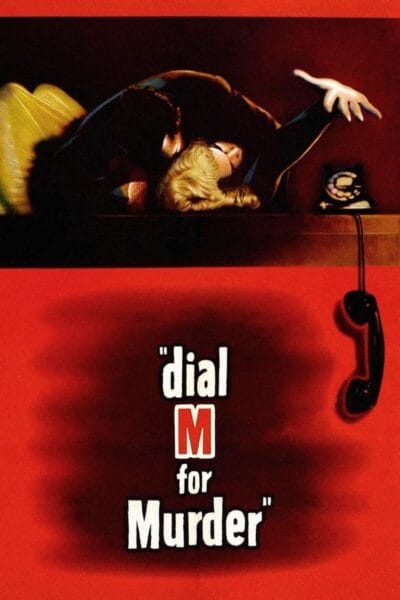
Hitchcock is widely regarded as the Master of Suspense, having directed some of the most thrilling and suspenseful films of all time. He popularized many techniques which are now staples of the suspense genre, including the dramatic plot twist, the MacGuffin plot device, and killing off major characters unexpectedly. Hitchcock understood how to ratchet up tension and use the camera strategically to build suspense. He would often show the audience what dangers lay ahead for characters before the characters themselves knew, creating an underlying sense of dread.
The director was a master of manipulating the audience’s emotions and expectations. In many of his most famous films like Vertigo, Psycho, and Rear Window, Hitchcock crafted anxiety-inducing scenarios, memorable soundtracks, and shocking twists that left indelible impressions on viewers. Though some critics initially dismissed his work as lowbrow, he came to be widely praised for his technical mastery and ability to entertain massive audiences.
Hitchcock inspired generations of filmmakers with his pioneering use of camera angles, lighting, and editing to tell suspenseful visual stories. His work shaped the modern thriller genre and showed that suspense films could achieve both critical and commercial success. Hitchcock proved that audiences crave the adrenaline rush and primal excitement generated by well-crafted suspense, paving the way for decades of suspense and horror films to follow. The “Hitchcockian” style remains immediately recognizable and perennially influential.





